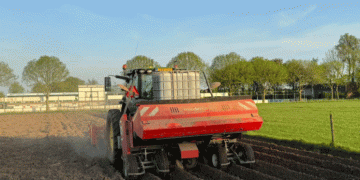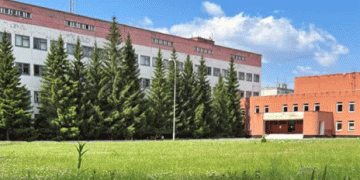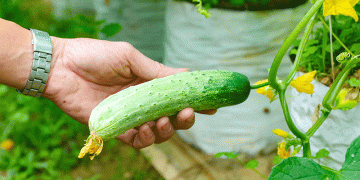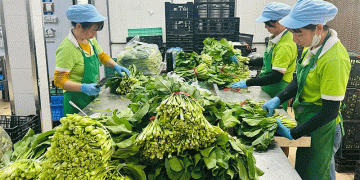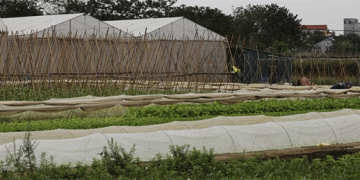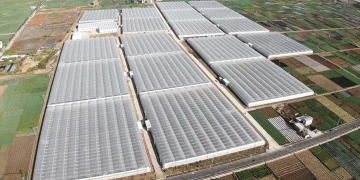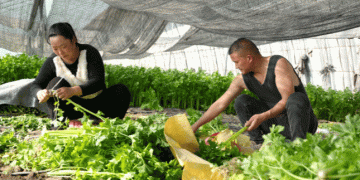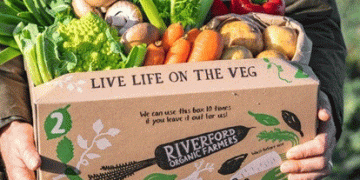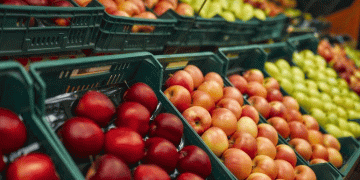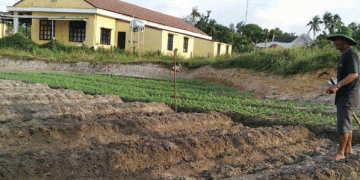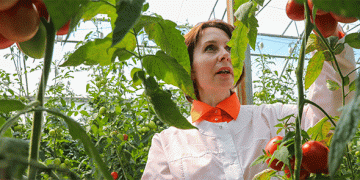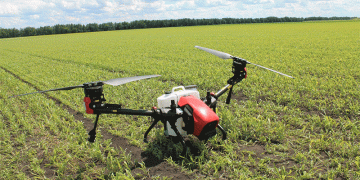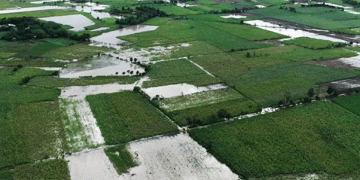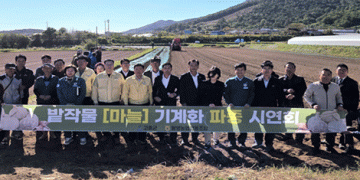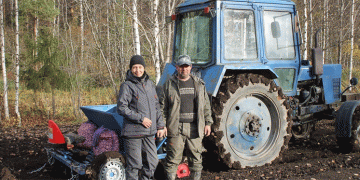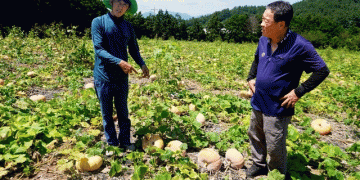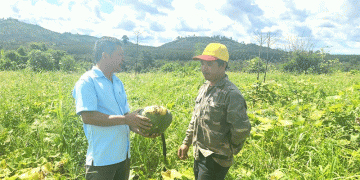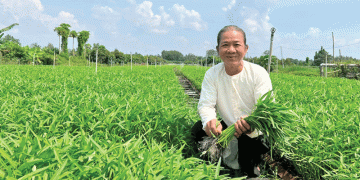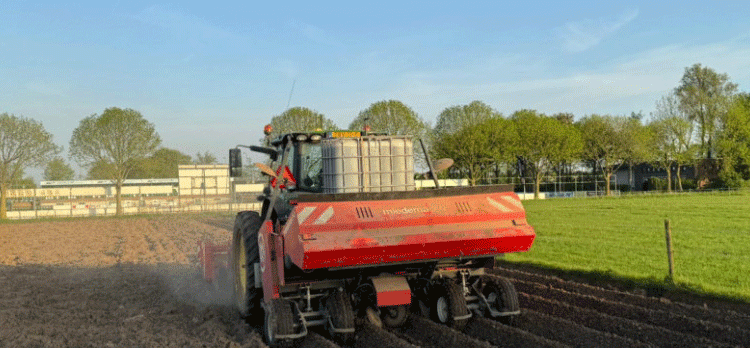This year’s potato planting season has been one of the fastest in recent memory. With minimal rainfall in March and April, farmers across the Netherlands—and much of Northwestern Europe—took advantage of ideal soil conditions to plant their crops early. According to the Boerenbusiness Gewastour data, the average planting date for Innovator potatoes in 2024 was April 12, the earliest in six years.
For comparison:
- 2024: April 12
- 2023: May 14
- 2022: April 17
- 2021: April 21
- 2020: April 14
- 2019: April 21
The earliest planting was recorded on March 24 in Flevoland, while some farmers, like René Mesken in Friesland, waited until May 14, citing concerns about crop aging and drought resilience.
Does Early Planting Mean Higher Yields?
While early planting can extend the growing season, historical data shows that yields depend more on seasonal weather patterns than planting dates alone. Key factors include:
- Summer rainfall distribution (critical for tuber bulking)
- Temperature fluctuations (heat stress reduces yields)
- Disease pressure (late blight risk increases in wet years)
Recent research from Wageningen University & Research (WUR) suggests that early-planted potatoes benefit from cooler spring temperatures but face higher late-season drought risks. Conversely, later planting may reduce water stress but shortens the growth window.
Early Planting Is an Opportunity, Not a Guarantee
The 2024 planting season was exceptionally fast, but yields will ultimately depend on summer conditions. Farmers should monitor soil moisture, optimize irrigation where possible, and stay vigilant against diseases. Historical trends show that both early and late-planted fields can achieve strong yields—if managed well.
